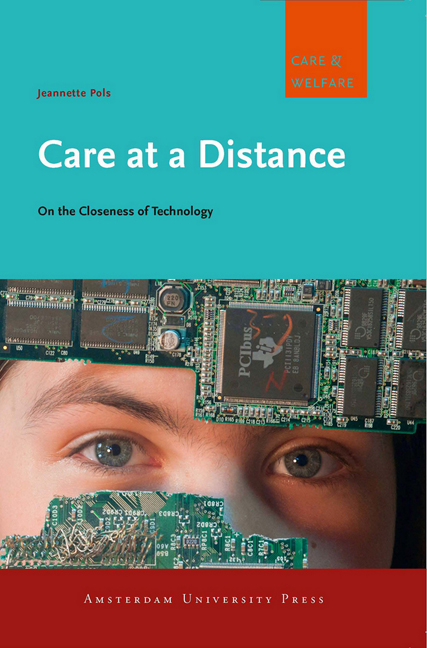Book contents
- Frontmatter
- Contents
- Nightmares, Promises and Efficiencies in care and Research
- Part I Norms and Nightmares
- Part II Knowledge and Promises
- Part III Routines and Efficiencies
- Conclusions: On Studying Innovation
- Acknowledgements
- Appendix: Projects Studied for this Book
- Notes
- References
- Index of Names
- Index of Subjects
8 - Innovating Care Innovation
Published online by Cambridge University Press: 03 February 2021
- Frontmatter
- Contents
- Nightmares, Promises and Efficiencies in care and Research
- Part I Norms and Nightmares
- Part II Knowledge and Promises
- Part III Routines and Efficiencies
- Conclusions: On Studying Innovation
- Acknowledgements
- Appendix: Projects Studied for this Book
- Notes
- References
- Index of Names
- Index of Subjects
Summary
The politics of innovation
By way of conclusion, this chapter draws out the lessons of my analysis for innovation practices in care and suggests ways to study them and argue about them. The general conclusions about the workings of the telecare practices are embedded in this chapter. The last section entitled ‘Discussions unleashed by an uncontrolled field study’ draws out some general lines on the use of telecare in health care.
Back in the introduction, I described innovation in telecare as a process occurring between the market and the soapbox. The Dutch government's idea was to place care in a market context where competition among care providers – reinforced by assertive care consumers and rival health care insurance companies – would lead to efficiency and quality improvement. Active consumers (patients) will not buy care they do not want, and they are unwilling to pay too much for the care they do want. Hence the market provides a new political arena separate from parliament. Instead of voting, participants in the market state their opinions by (not) buying health insurance and care services. The consumer patient has become a political actor.
However, the dialectic of quality and efficiency has not emerged in telecare developments. Although the government, national patient and consumer organisations and health insurance companies all promote telecare for its assumed quality and efficiency, the market seems to have run into a brick wall on this issue, with all participants pointing at each other to make the next move or accusing each other of preventing the next move from taking place. Random projects survived, while many others did not. Project survival rates said more about business, marketing and prestige than about how the public – especially (potential) patients and professionals – would define good quality care or living a good life with chronic disease. Knowledge on the workings of telecare was virtually absent.
What did emerge was a lot of soapbox posturing, with those for and against telecare spouting forth either unsubstantiated promises or imaginary hell holes in an attempt to move telecare development forward or stop it. Proponents pushed the telecare hype to create a demand for sales, while opponents warned of the dangers of cold mechanical care. Besides the telecare industry, however, it remained unclear who stood to gain from telecare – patients, professionals, care organisations or financers?
- Type
- Chapter
- Information
- Care at a DistanceOn the Closeness of Technology, pp. 135 - 152Publisher: Amsterdam University PressPrint publication year: 2012



